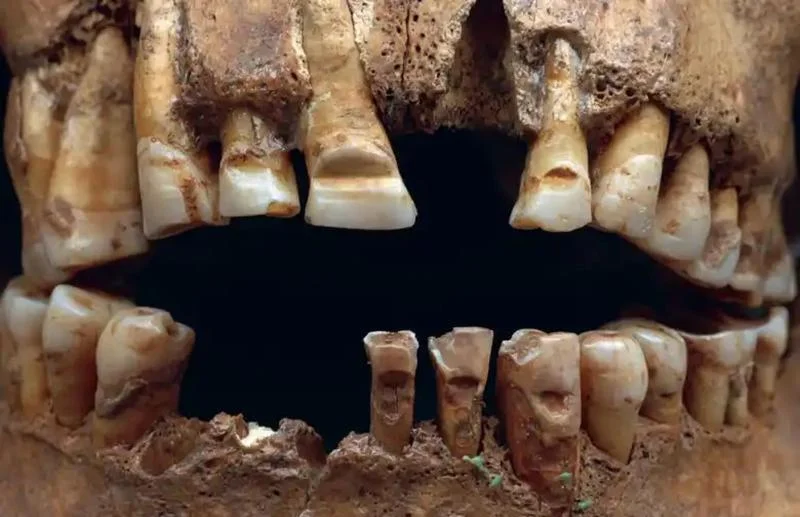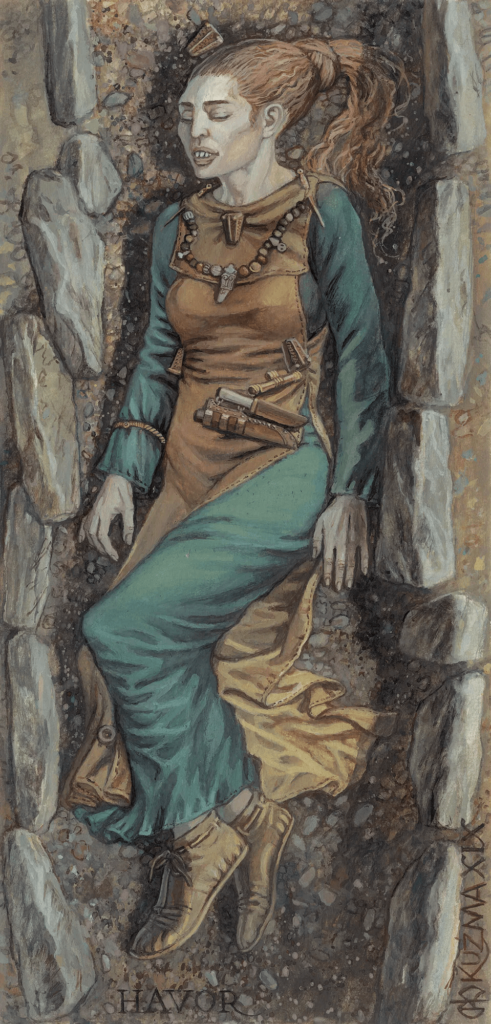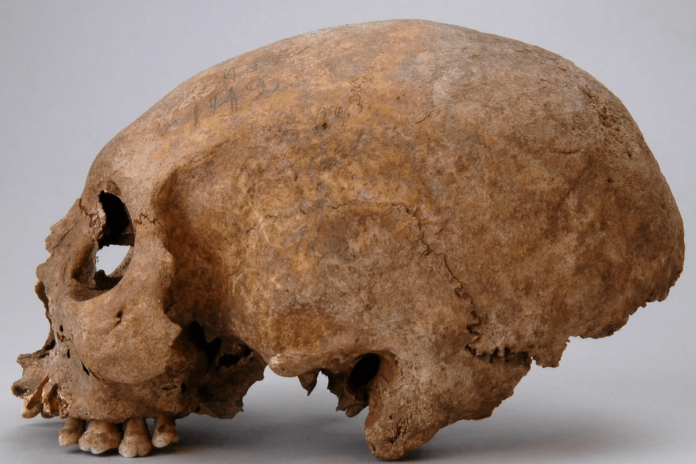In recent years, a fascinating aspect of Viking Age culture has come to light: the practice of permanent body modification. Among the most intriguing discoveries are three Viking Age women from the Baltic Sea island of Gotland who had their skulls lengthened. This investigation sheds light on the remarkable tradition of body modification that was prevalent among the Norse and Vikings.
The Study and Its Findings

The study, authored by Matthias Toplak and Lukas Kerk and published in the journal Current Swedish Archaeology, has brought to attention the evidence of cranial modifications in Viking Age women. Around 130 individuals, primarily men, were identified with horizontal grooves carved into their teeth, with a notable concentration on Gotland. These dental changes have been interpreted in various ways, from slave markings to symbols of warrior elites. However, the researchers suggest they may have served as identity markers within a closed group of traders.
The Unique Skull Modifications

Artificial cranial modifications during the Viking Age are so far known from just three female individuals from Gotland. Dating back to the latter part of the eleventh century, these women were interred in different locations across Gotland. Their elongated skulls gave them a distinctive and remarkable appearance. In two of the cases, further details were revealed: one woman passed away between the ages of 25 and 30, while the other was between 55 and 60 years old.
Cultural Origins and Influences

Unlike dental modifications, these cranial alterations seem alien to Scandinavian Viking culture. Similar practices have been documented in Eastern Europe from the 9th to the 11th century AD, suggesting a possible origin from there. The presence of these women with modified skulls raises questions about how Gotland society interacted with and reinterpreted this foreign form of identity.
Theories on the Origin of the Practice
The researchers propose two main theories on how the custom of skull modification reached Gotland. One possibility is that the three women were born in southeastern Europe, perhaps as children of Gotlandic or East Baltic traders, and their skulls were modified in their early years. Alternatively, the modifications could have been made on Gotland or in the eastern Baltic, representing a cultural adoption previously unknown to Scandinavian Viking Age practices. The close chronological dating of the three burials and the similarity in the execution of the skull modifications suggest a common background for these women.
Integration into Gotland Society

These three women were buried in elaborately decorated tombs, featuring jewelry and accessories typical of Gotland women’s clothing, indicating their acceptance and integration into the local community. While the religious affiliations of these women remain unknown, Toplak and Kerk propose that they were laid to rest within a Christian framework.
Conclusion
The discovery of three Viking Age women with elongated skulls on Gotland provides a unique insight into the body modification practices of the time. The study by Toplak and Kerk highlights the complex cultural interactions and influences that shaped Viking society. These findings continue to intrigue researchers and offer a deeper understanding of the diversity and adaptability of Viking Age communities.
